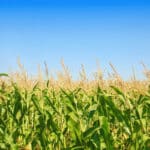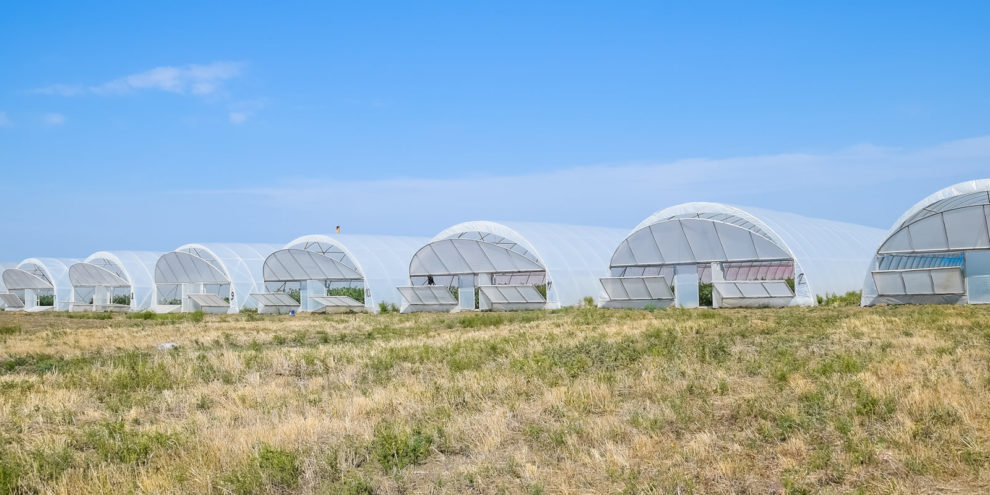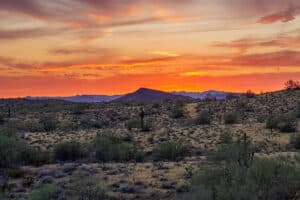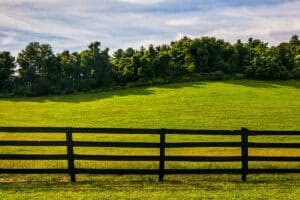Generally, buyers of real estate for farming focus on rural land for sale where key considerations for their operations include details such as soil quality, annual rainfall amounts, and adequate drainage. Increasingly, however, agriculture start-ups are moving indoors. Compared to traditional field-based agriculture, indoor farming allows for more crop cycles, less water usage, and the farms can be located closer to the consumer. The considerations for an indoor, or controlled environment agriculture (CEA) operation, are considerably different than for outdoor farms.
Considerations for Controlled Environment Agriculture
Several factors need to be evaluated before purchasing or leasing a piece of real estate for CEA. Some questions to consider are: Will you build new construction or rehabilitate a vacant building? Are you building a large scale greenhouse or a small, urban vertical farm? What do I need in either of these to have a successful farm?
Proper Arrangements for Equipment
For a vertical or urban farm in an enclosed building, important factors to consider include adequate square footage to allow for proper spacing between growing systems and enough room to move the towers (if mobile) for cleaning or maintenance. Additionally, a building should have a sufficient water supply and potentially drainage, a robust HVAC system and humidity controls, and a ceiling which is high enough for the growing towers. Although indoor farms using high efficiency LED lighting, these systems, combined with pumps, humidifiers, and HVACs consume significant amounts of electricity, an urban farmer should carefully and conservatively estimate those costs prior to negotiating those terms with a landlord or electric company. Finally, the farm should be in close proximity to allow for routine delivery to local customers, be they restaurants, groceries, farmers markets, or Community Supported Agriculture distributors. Reduction of “food miles” is a major environmental selling point for urban farms.
Adequate Location
Weather and terrain are important for natural light greenhouse projects. The primary limiting factor to crop production in a greenhouse is low light intensity during the winter so consult with an Ag-extension service or other resource to get that information for a proposed location. Adequate acreage is a must for not only the greenhouses themselves but, also shipping and receiving space, a retention pond (if needed), and potentially even worker housing.
Labor & Licensing
In both types of farms, labor availability and cost is a critically important consideration. The valuation of wages for urban farms, even for unskilled workers, will likely be higher than that of rural areas. In the case of any real estate development, ensure prior coordination with relevant agencies has been done on permits, licenses, and zoning regulations prior to signing any leases or closing on a land contract.
Before starting a search for a CEA project, it’s wise to seek expert help from outside consultants who reduce the learning curve, saving an indoor farm developer time, money, and aggravation.
This content may not be used or reproduced in any manner whatsoever, in part or in whole, without written permission of LANDTHINK. Use of this content without permission is a violation of federal copyright law. The articles, posts, comments, opinions and information provided by LANDTHINK are for informational and research purposes only and DOES NOT substitute or coincide with the advice of an attorney, accountant, real estate broker or any other licensed real estate professional. LANDTHINK strongly advises visitors and readers to seek their own professional guidance and advice related to buying, investing in or selling real estate.










As open land and weather conditions change indoor farming is a great way to maintain control over conditions and not be as dependent on external factors that effect farming.